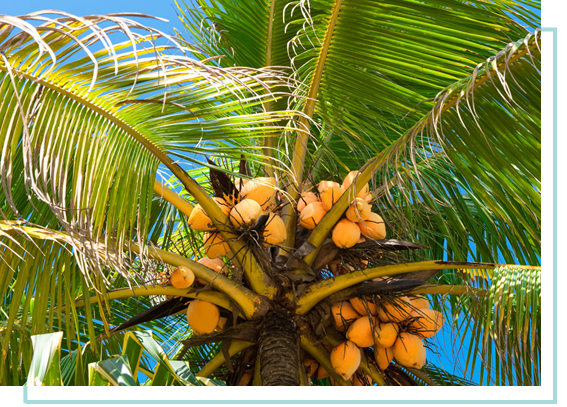Coconut products from Tree of Life hydrates, supports the regeneration and literally fulfills our bodies with minerals, microelements and vitamins.
We are aware of the enormous gift from the nature, we approach the fabrication process with great carefulness and devotion. We produce our products in the most pure form as possible so the high nutrient values, freshness and naturalness stays with them. We don´t use any artificial additives and destructive chemical processes.
That´s why we want to advise you to start using all products SENSE COCO in 100% BIO and ORGANIC quality for your diet. All our products don´t contain any gluten and thanks to the herbal origin are VEGAN. Great taste, pureness and the beauty of coconut products will please all your senses.
